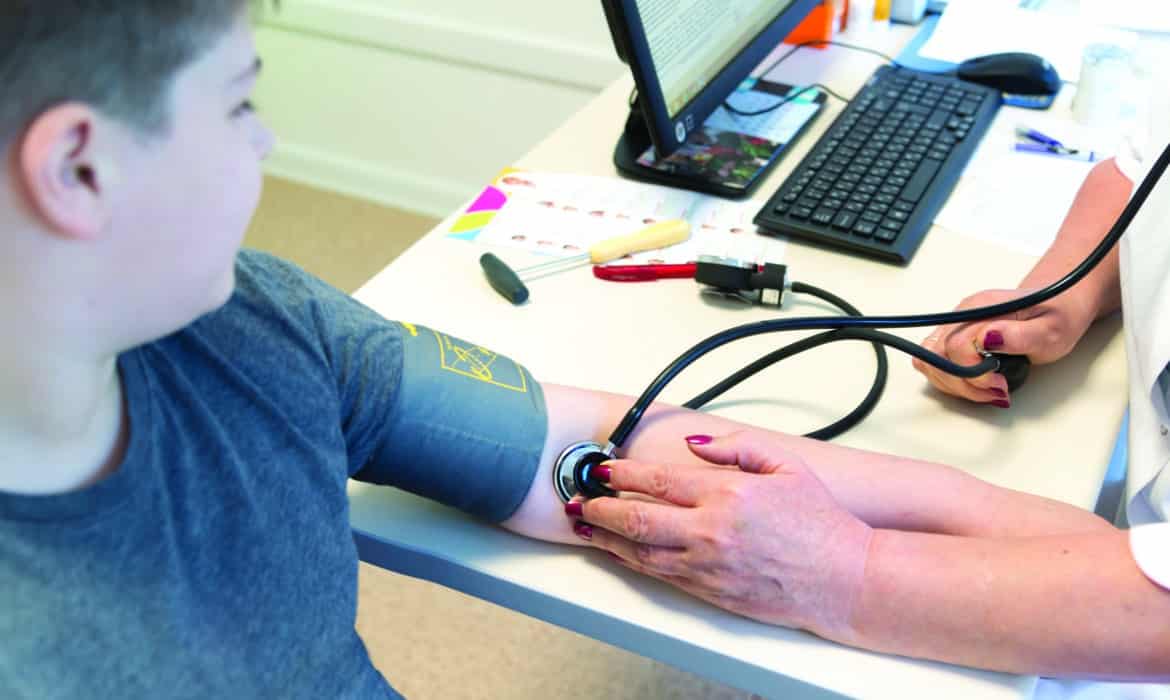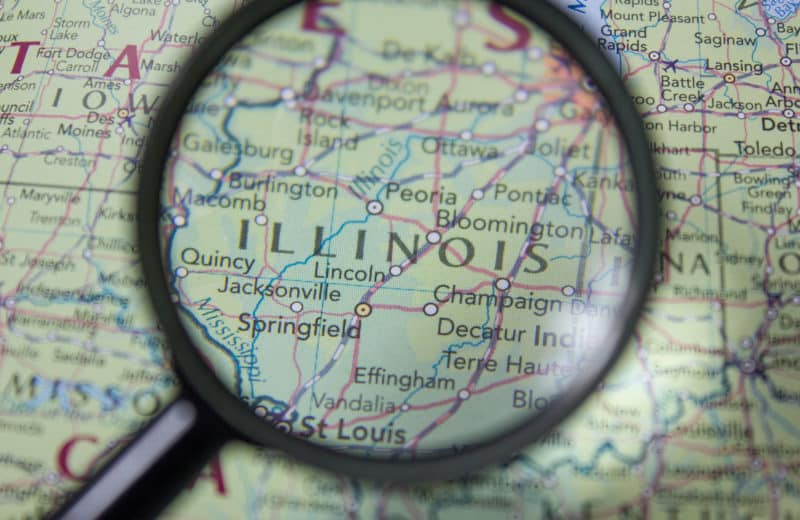Blood pressure problems among kids are rising
High blood pressure is common in adults, and it’s also an increasing concern in children, in part due to rising obesity rates. An estimated 3.5 percent of kids and teens in the U.S. have chronic high blood pressure, according to the American Academy of Pediatrics (AAP).
High blood pressure, known as hypertension, is often referred to as a “silent killer.” It’s frequently asymptomatic, so it goes undetected and untreated.
A 74-page AAP report released in August 2017 gives doctors updated guidelines to screen and manage high blood pressure in children, catching kids they might have missed in the past.
A growing problem
Hypertension occurs when the pressure of blood in the arteries is too high. This can cause harm by making the heart and blood vessels work harder and less efficiently.
High blood pressure in children is mostly related to lifestyle and obesity, but it hasn’t always been that way.
In the past, pediatric hypertension was driven by secondary medical conditions, such as underlying heart, kidney and endocrine disorders. Now, primary hypertension — or high blood pressure without an identifiable cause — is the predominant diagnosis.
While the exact causes of primary hypertension are unknown, the condition is often traced to a patient’s genetics and behaviors, including poor diet and lack of exercise. Kids and teens with primary hypertension tend to have a recent family history of the condition — in either a parent or grandparent — and be overweight or obese, according to the AAP.
“Unhealthy habits have really changed in pediatrics over the years,” says Irwin Benuck, MD, PhD, division head of community-based general pediatrics and professor at Northwestern University’s Feinberg School of Medicine and a practicing general pediatrician and attending in the preventive cardiology program at the Ann & Robert H. Lurie Children’s Hospital of Chicago.
“High blood pressure in children is mostly related to lifestyle and obesity, but it hasn’t always been that way.”
About 1 in 6 children in the U.S. suffers from obesity. And obesity is a major — and growing — contributor to high blood pressure in children, the AAP says. By age 7, more than 50 percent of hypertension diagnoses are attributed to obesity. By the teen years, obesity causes more than 85 percent of cases.
“Historically, high blood pressure in children usually had a physiological cause, often related to a kidney condition or a congenital heart defect,” Benuck says. “Now we are finding many children whose hypertension is caused by unhealthy lifestyles and poor food choices. These children often present with obesity and dyslipidemia [a high level of cholesterol or triglycerides in the blood].”
The struggle to diagnose
Elevated blood pressure that goes untreated in children can result in a host of adverse health effects in adulthood, from early heart attacks to long-term organ damage. But pediatric hypertension is notoriously difficult to detect.
In a study published in Pediatrics in 2016, researchers analyzed medical records from more than 1.2 million pediatric patients to evaluate rates of diagnosis for high blood pressure in primary care. They determined that only 23 percent of children and adolescents with hypertension were appropriately diagnosed.
The AAP’s new report recommends children above age 3 undergo screening for high blood pressure at each annual well-child visit. If a child’s blood pressure is high, the patient should return for a second reading one week later. After three consecutive high readings, a pediatrician should refer the child to a specialist, who will evaluate him or her for hypertension.
Unlike for adults, pediatricians must factor in children’s age, gender, height and weight to determine whether their blood pressure falls within a normal range of their peers.
“Kids’ blood pressures are incredibly variable,” says Wayne Franklin, MD, head of pediatric cardiology at Loyola Medicine. A common confounding variable is “white-coat hypertension,” in which a nervous child experiences a temporary rise in blood pressure from the stress of a doctor’s appointment. These types of considerations make blood pressure “very volatile, in kids more so than adults,” Franklin says.
Steps for heart health
It’s important for kids and teens to have annual well-child visits. “Getting to the pediatrician is one of the biggest things that we need [parents] to do to get [their child] the appropriate screening,” Franklin says, noting that teens often forgo yearly physical exams. “Unless a pediatrician tells them [they have high blood pressure], they have no idea because the kids don’t usually have symptoms.”
The steps to preventing high blood pressure start at home, well before a doctor’s appointment. Heart- healthy eating includes cutting down on high-sodium, processed foods and integrating more fruits and veggies into the family’s daily diet. “It can’t just be one person in the family,” Franklin says. “It really has to be the whole family that gets on this diet.”
Daily exercise is important, too. The AAP recommends children engage in at least one hour of physical activity each day. “More physically active kids are less likely to have hypertension,” Benuck explains. “Sedentary lifestyle is a big issue related to obesity. We see kids who are much more sedentary than they used to be. They’re on their screens close to 24/7.”
For Benuck, the goal is to limit screen time to less than two hours a day and to encourage children to engage in more physical activity — which doesn’t have to translate to sports. “Find out what physical activities the child would like to do,” he says. “It doesn’t necessarily have to be organized physical activity, but outdoor play works fine. It’s just getting kids running around outside in a safe environment.”
Such steps can help cut down on obesity and reduce the likelihood of developing hypertension, preventing potentially serious long-term problems among children.












